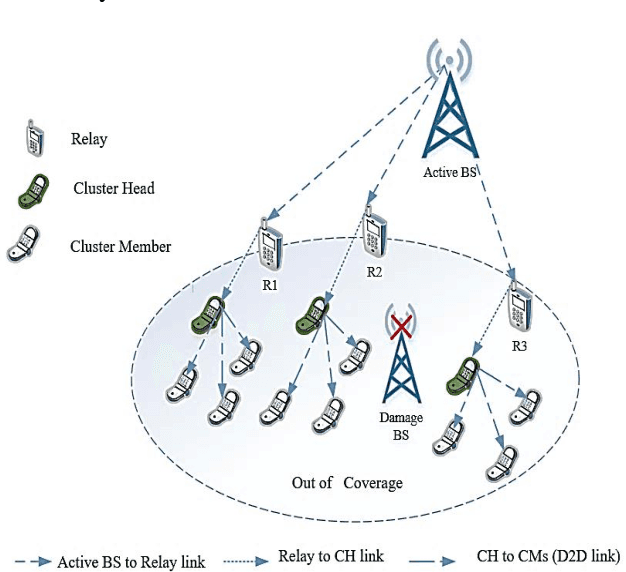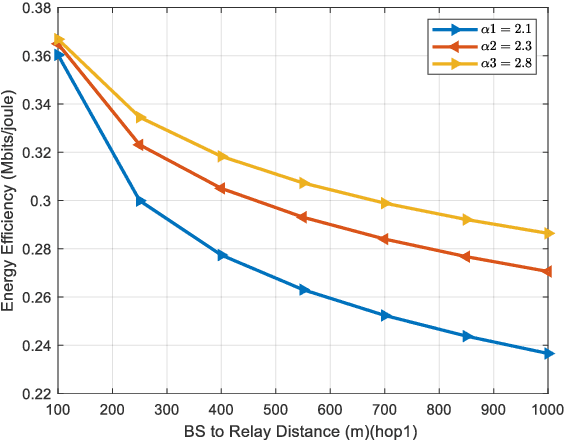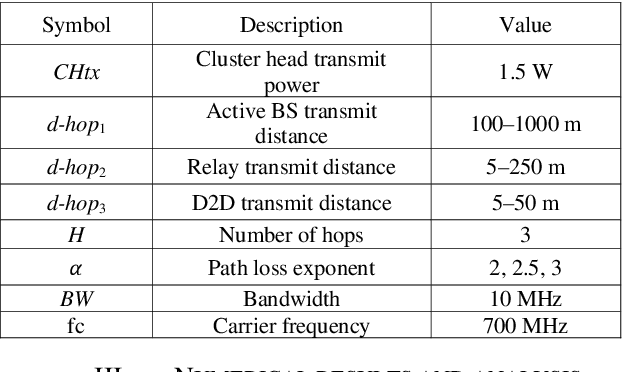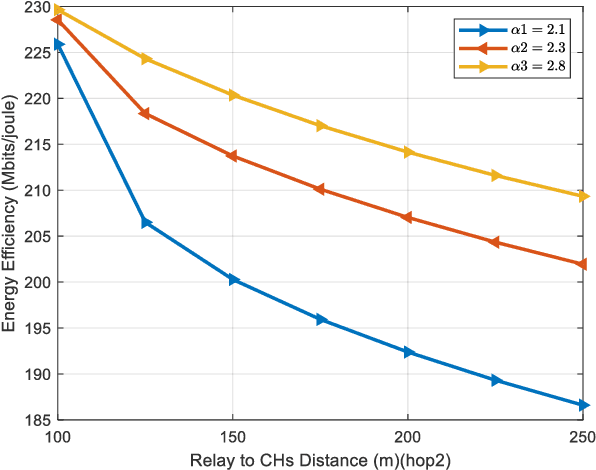Nor Kamariah Noordin
D2D Multi-hop Energy Efficiency Toward EMS in B5G
Sep 27, 2022



Abstract:Beyond fifth generation (B5G), communication has attracted much attention from academia, industry, and mobile network operators due to network densification, ultra-low latency communication, and enhanced energy and spectrum efficiency. However, a post-disaster emergency management system (EMS), which increasingly relies heavily on wireless communication infrastructure, is falling far behind in innovation and funding. Because the B5G concept represents a telecommunications industry revolution, EMS provisioning is intended to be dispersed, autonomous, and robust to network weaknesses caused by human and natural calamities. When the network is congested, partially functioning, or entirely isolated, we provide multi-device-to-device (D2D) communication to extend the communication coverage area with improved energy efficiency. Furthermore, we examine D2D multi-hop energy efficiency performance in the proposed network. The results demonstrate that the improved D2D multi-hop energy efficiency can improve the EMS effectively and efficiently in extending the coverage area and enhancing energy efficiency. Moreover, the proposed approach has been proven to increase energy efficiency, which acts as a suitable network design to recover from natural disasters and potentially save many lives
 Add to Chrome
Add to Chrome Add to Firefox
Add to Firefox Add to Edge
Add to Edge